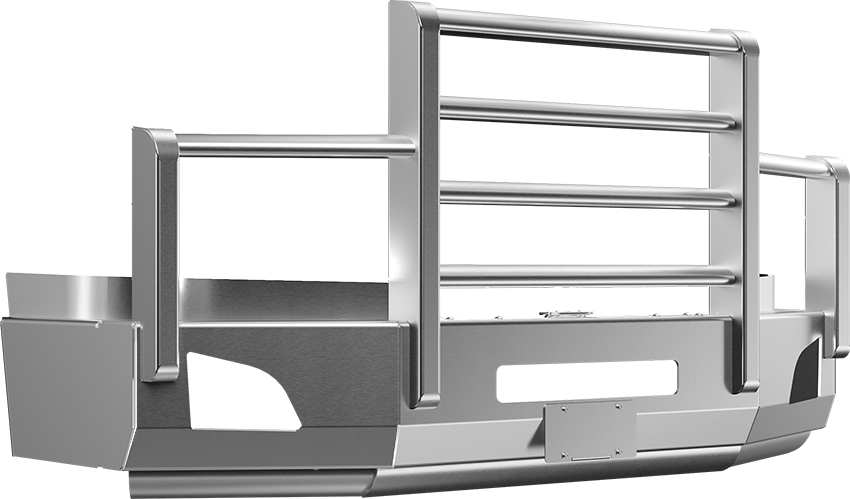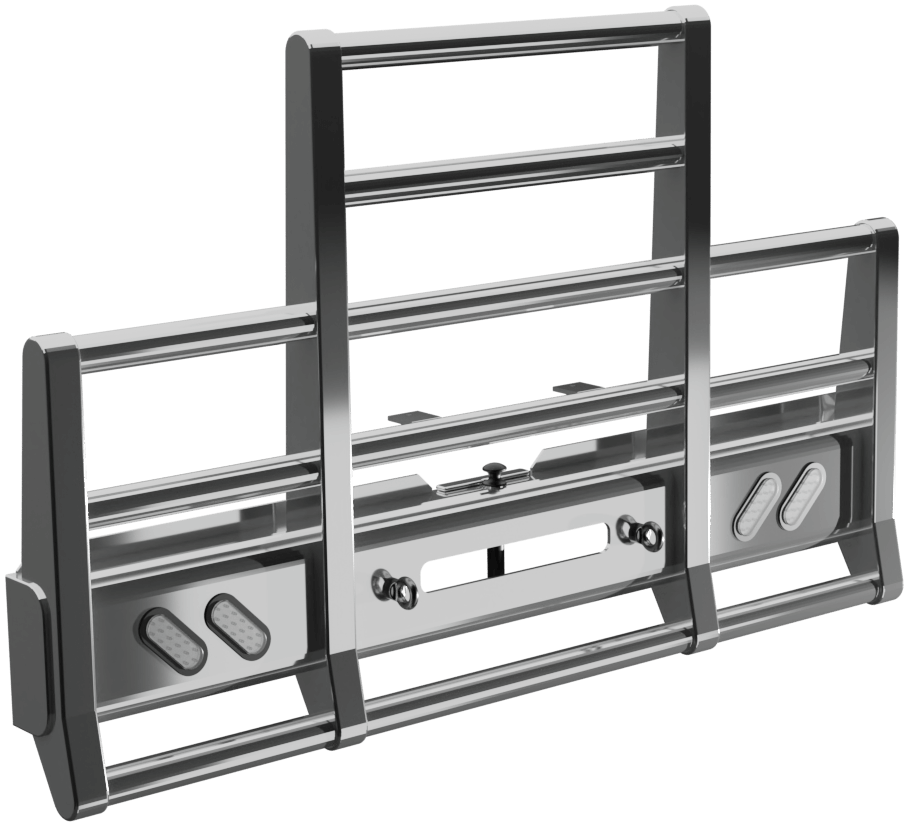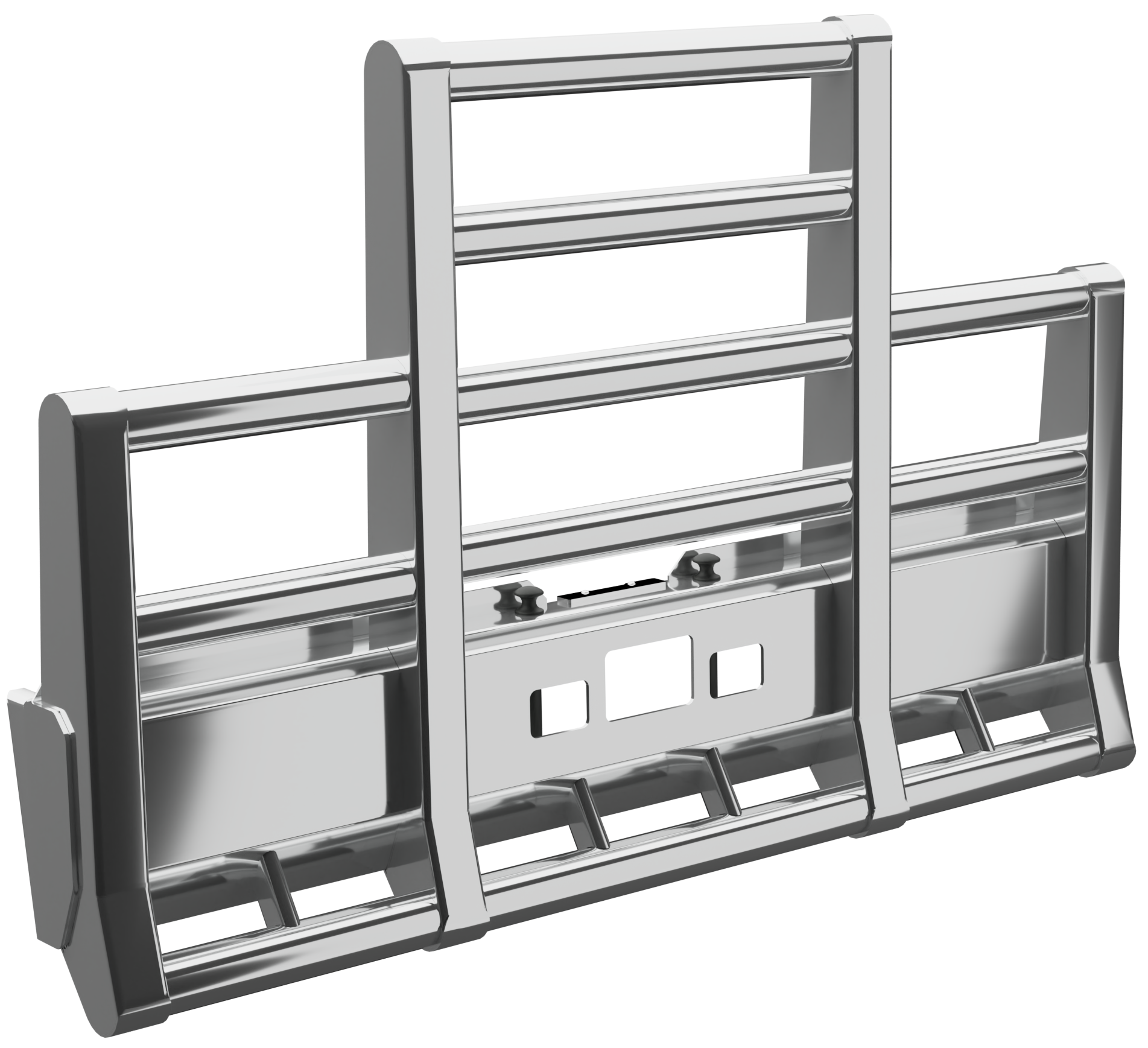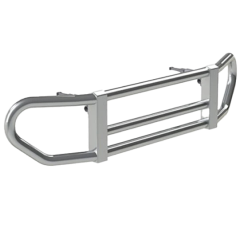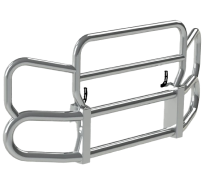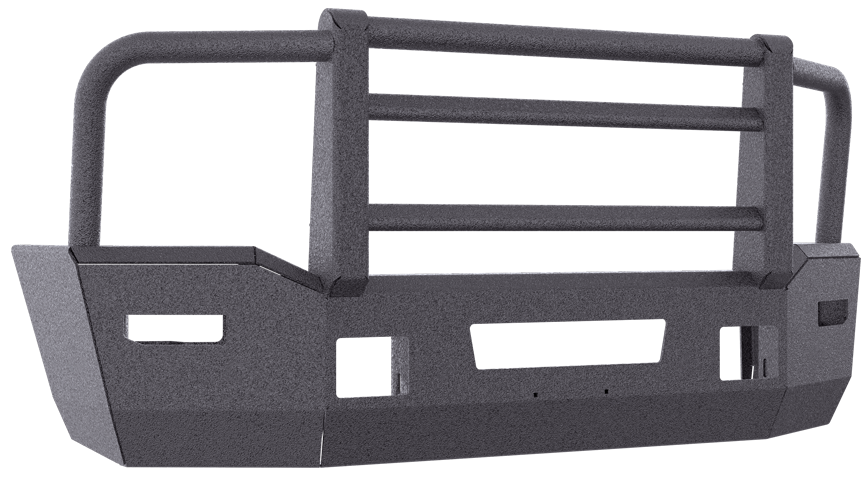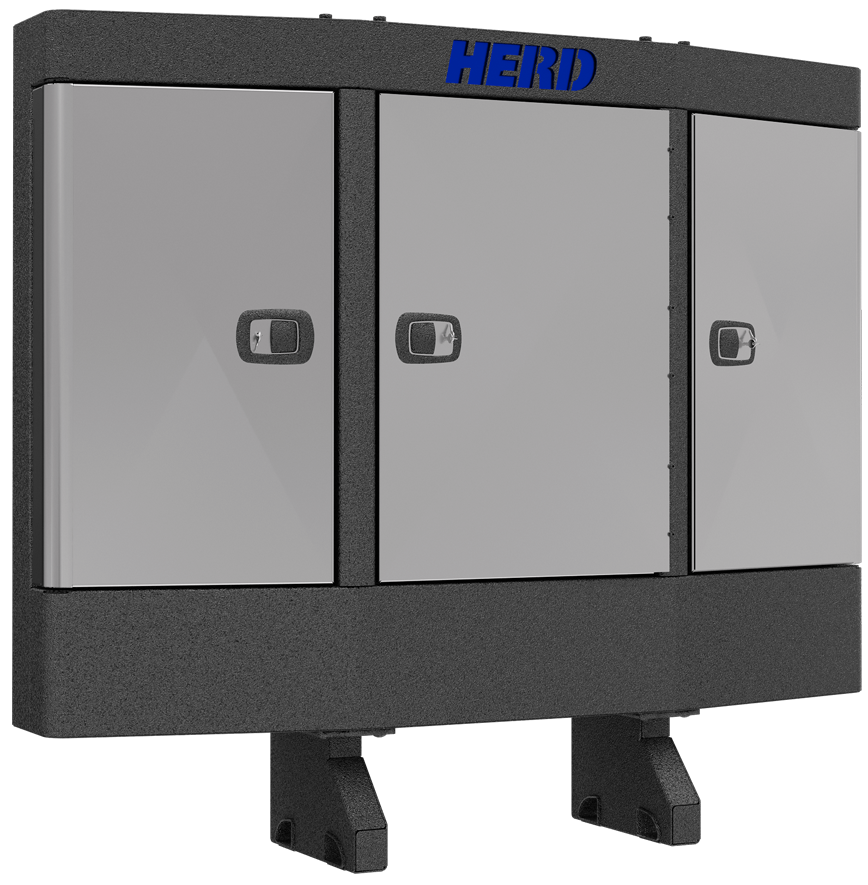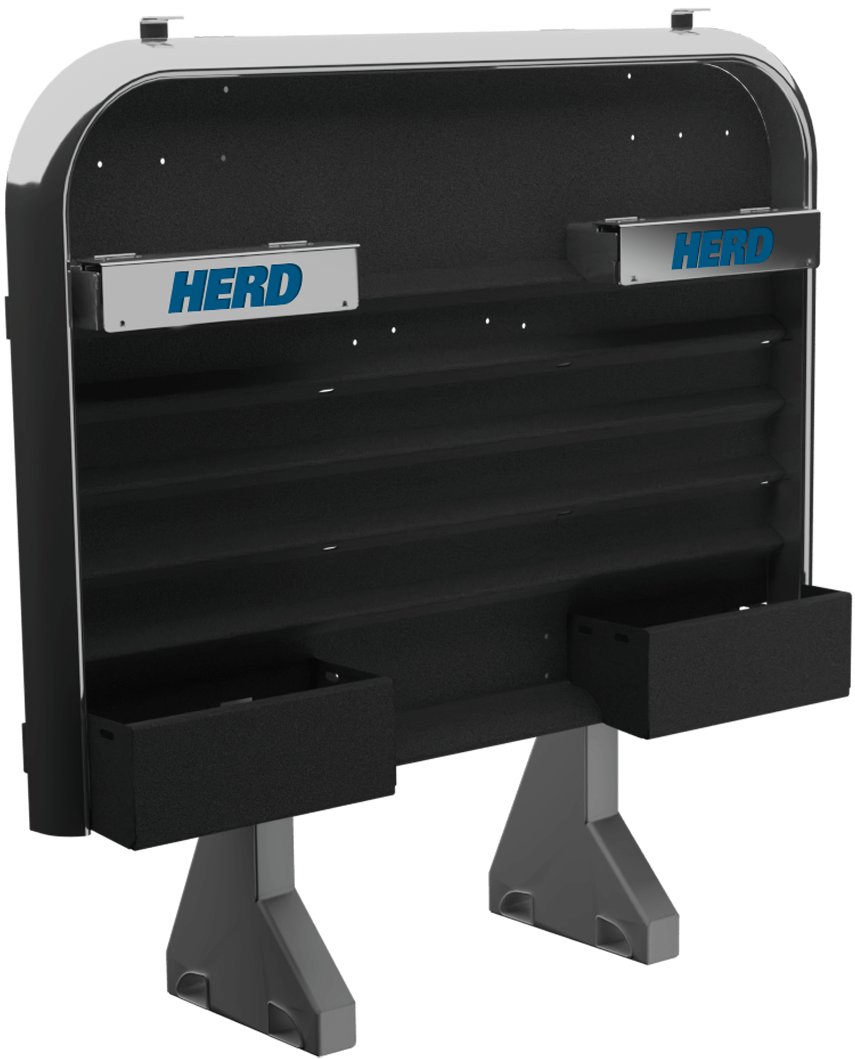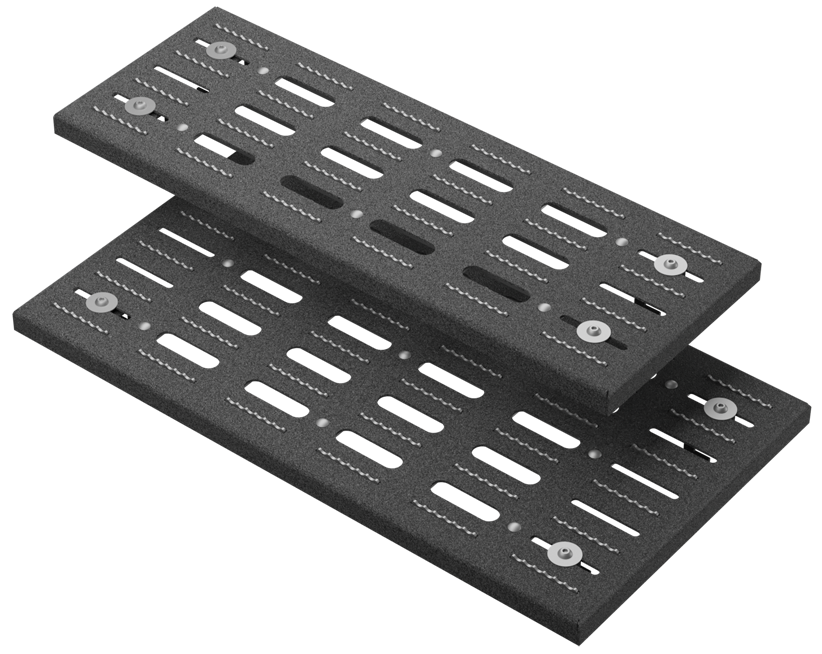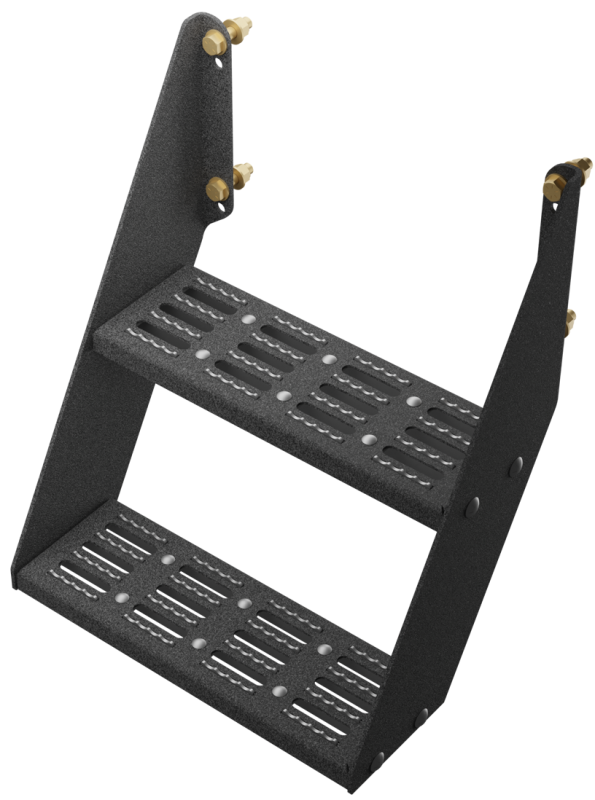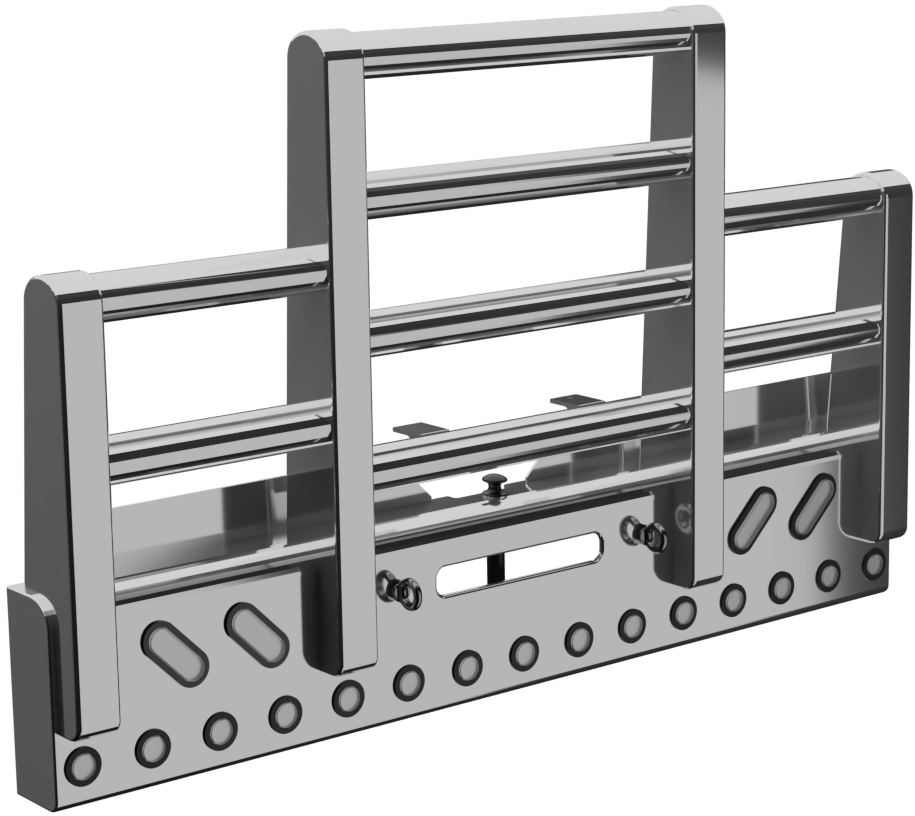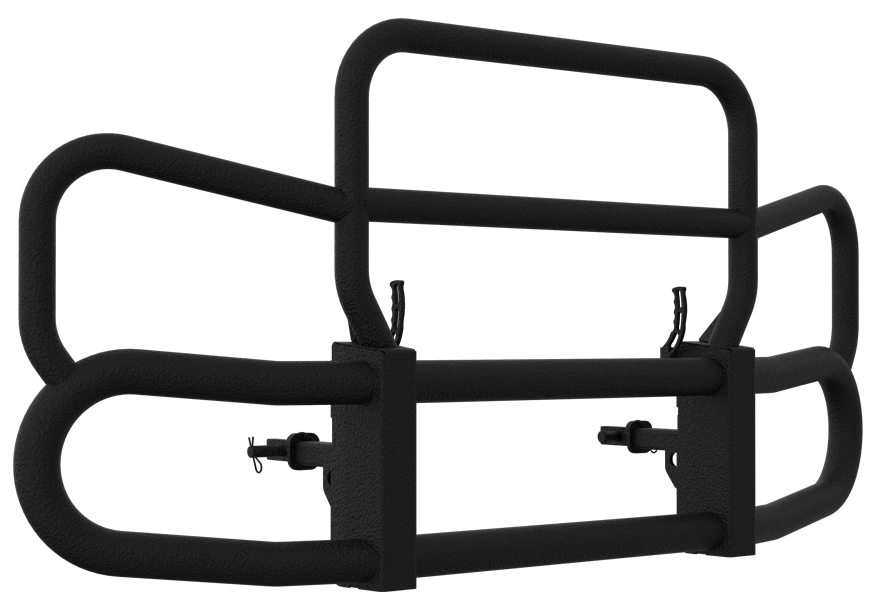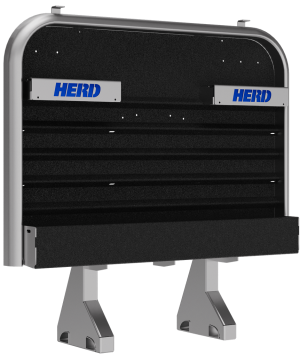How to Become an Owner-operator
There is something to be said when ambition can take hold in a passionate person. As it happens, truck drivers who want to take the next step and become an owner-operator can do just that. There are several references available online about what you need to accomplish the task, but you do not have to go through all of them. Here is what we found to help you in your next adventure.
What Is an Owner Operator?
The Owner-Operator Independent Drivers Association (OOIDA) officially defines owner-operators as people who own a business with a tractor, a trailer, or a fleet of trailers. The thought here is that the truck owner-operator is its own business. That means they’re responsible for several aspects of their vehicle and business together instead of simply driving a truck for another company.
An owner-operator can be an employer and run a company with other drivers or be their own driver. They own or lease their rig, insure their equipment, and any additional expenses. Usually, the business is attached to the name of the owner-operator. This lets you legally deliver cargo yourself without a company hiring you.
What Does That Mean?
Being an owner-operator gives people a lot of freedom and is different from being an independent contractor or a company driver. Contractors and drivers generally don’t own the vehicles they drive. Contractors are guaranteed hauls from the company they lease their rigs from in exchange for a small portion of their earnings. Drivers generally are employees of the company they work for. That company also covers the cost of maintenance, insurance, and repairs. In general, an owner-operator is an independent contractor, but not all independent contractors are owner-operators.
Owner-operator Responsibilities & Benefits
Some of the duties of being an owner-operator include loading and unloading their vehicle, identifying routes, planning and scheduling pickups and deliveries, transporting goods as per the contract terms, vehicle maintenance and repairs, keeping tax records, securing licenses and insurance, etc.
Some of the benefits of becoming one include purchasing vehicles and equipment you prefer, having better control over your own income, being your own boss, and more networking opportunities.
If you want to become an owner-operator, follow these steps.
Step 1: Are You Ready?
It is important to know if this is the best step for you to take. You need to make sure you are financially, mentally, emotionally, and physically ready to move ahead with your plans to become an owner-operator. If you feel this will become a problem with your personal relationships, that you cannot meet deadlines, or will have trouble paying bills appropriately, starting a business will not be a great idea.
If none of those are concerns, it is important to check your credit rating. Small businesses can be greatly affected by poor personal credit, and it can mean the end even before you begin.
It can also be helpful to have experience within the field already. Having been a company driver for three to five years prior can give you the best foundation within the industry.
Step 2: Legalities & Requirements
As with any entrepreneurial business plan, there are specific requirements to becoming an owner-operator. All independent drivers need to procure USDOT and MC numbers or the US Department of Transportation and Motor Carrier numbers. These give you the legal foundation that you will use to operate your new business, even if you are just driving your big rig. If you plan on driving, having a Commercial Driver’s License will only help your business.
It is important to know that you are responsible for the vehicle’s insurance and your own. Having the right insurance can keep you on the road. Complying with current regulations and requirements for operating a truck will also be important. Understanding them will be critical in starting your business on the right foot.
Step 3: Finance the Venture
Once you have completed the large expenditures, such as acquiring your first vehicle, determining the cost of fuel for the immediate future, compliance with regulations, and setting a budget for vehicle maintenance and repair, you can focus on making sure the rest of your costs are minimized to the best of your ability.
Studies have shown that a semi-truck driving at 65 mph consistently for the trip can save on fuel compared to those that push the mph to 75. Slower braking habits and proper care when taking corners can make the vehicle last longer between regular maintenance and reduce the number of repairs.
Step 4: Define Your Business
You can lease or purchase your truck outright. There are two schools of thought in regards to how you go about this large purchase. When dealing with a loan or lease situation, having a large down payment can make the smaller monthly payments easier. If you can make a smaller down payment, you have more funds at the beginning to allocate to other resources, but the monthly payments will be larger and could prove more difficult to stay current on.
Some of the factors that can affect your purchases include your credit history, permanent address, and whether you have a stable job background. If your credit is not quite good enough, you can look into an alternative funding source, such as captive lending institutions or commercial lending institutions.
Step 5: Minimize Expenditures
If you want a profit, it is important to lower the unfixed costs of your business. That means you should endeavor to find the quickest and shortest routes and frequently check your vehicle’s health to avoid severe maintenance issues. When a truck idles for about an hour, it consumes one gallon of gasoline. Hard braking and hard cornering can affect your bottom line and incur accidents. Installing a dashcam can improve your chances that your insurance premiums will not increase, especially if you are exonerated from the liability of an accident.
Reference and Information
Be sure to explore some important information, including the Heavy Vehicle Use Tax. Pay attention to just how this tax affects you depending on what you want your business to do. If you plan to operate from state to state, investigate if you need Intrastate Licensing through State Driver Licensing Agency (SDLA). You should also look into the International Fuel Agreement (IFTA), affecting your quarterly fuel reports and other information you will need to be displayed on your rig.
Sources:
https://www.tenstreet.com/blog/driver-blog/how-to-become-an-owner-operator/
